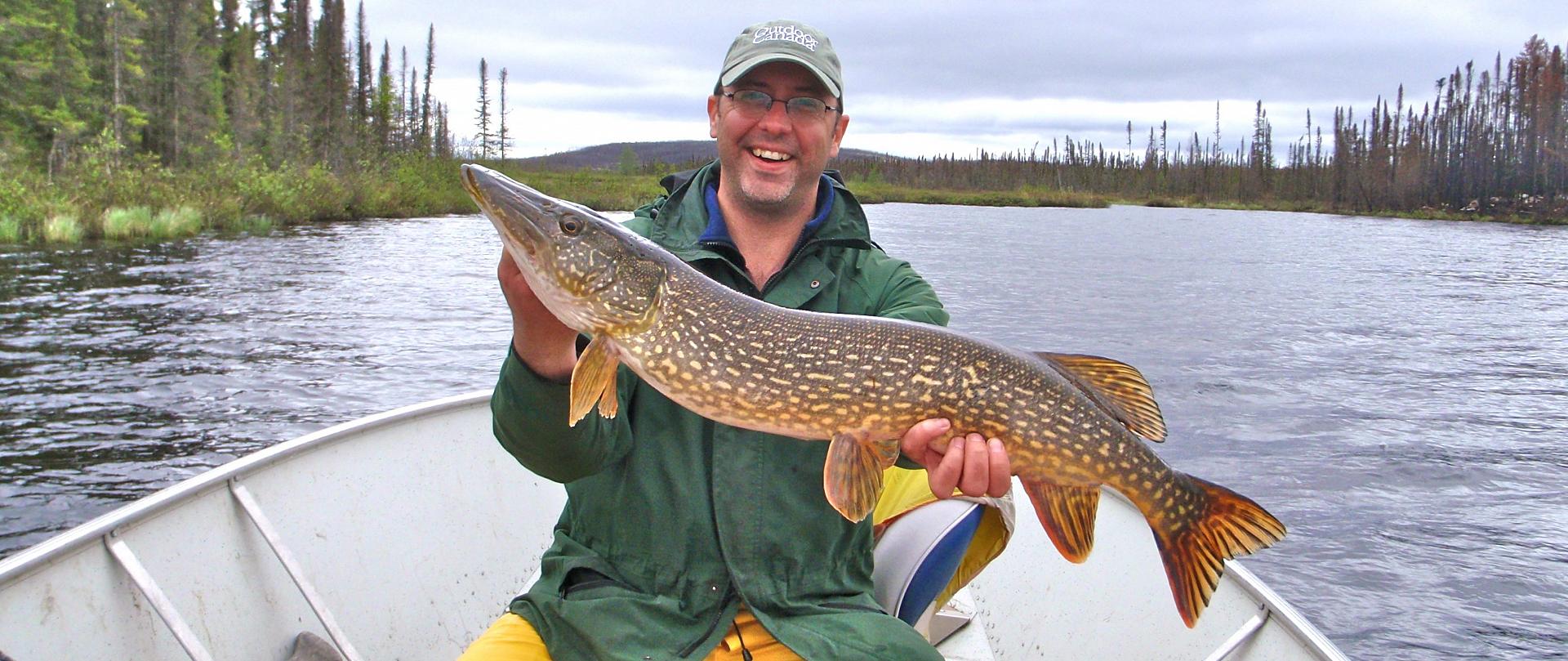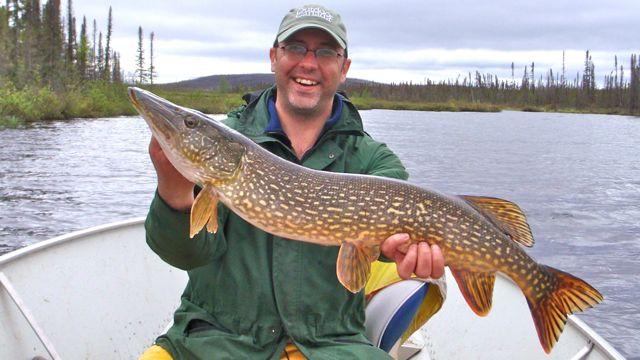OPENING-DAY GATORS
Secrets for fooling big pike with modified spoons, quick-strike rigs and fly tackle
Advertisement
#2 The Quick-Strike Equation
If a large dead bait attached to a quick-strike rig is so deadly on pike during the last month of ice-fishing season, why doesn’t anyone use the same presentation a few weeks later when the ice finally melts? I’ve never heard a good answer to that question, but I can tell you one thing—many of my biggest early-season pike have fallen for suspended dead bait.
I especially like to present a big, freshly thawed cisco, sucker or smelt (where legal) along an emerging deep weedline where the big toothy critters love to lie in ambush. They spot the easy meal drifting by, get a whiff of the satisfying odours, open their mouths and devour dinner.
Advertisement
Rod: European anglers are masters at presenting dead baits under floats for giant northern pike, and the light graphite spinning rods they favour typically range between nine and 11 feet long. A long rod enables you to effortlessly fling a big bait, while accommodating a float fixed five to seven feet up your line. It also lets you move enough line to sweep-set the hooks. While the sturdy butt section helps you subdue a leviathan, the rods are light enough that you’re not worn out by sundown. Carp rods work well, as do saltwater surf rods for striper fishing.
Reel: A 6000 to 8000 series spinning reel with large line capacity typically balances the rod best; the rugged Shimano Baitrunner 6000D and 8000D are good examples.
Line: There’s no need for specialty braid, gel spun or fluorocarbon line to float dead baits in the spring; a premium 15- to 25-pound test monofilament, such as Maxima Ultragreen, will do yeoman’s duty.
Advertisement
Leader: There is also no need for a metal leader when you’re presenting a dead bait under a float—the quick-strike rig itself will prevent bite-offs. It’s easy to tie your own rig, starting with, stainless steel or Berkley 7Strand wire. Simply tie or crimp on two #4 Gamakatsu round-bend treblehooks, spaced no more than three inches apart, at one end of the wire. Then add a #4 swivel to the other end to attach to the main line.
Bait: Use a six- to 12-inch long, freshly thawed sucker, cisco or smelt. A good source for bait is in the frozen food section of your local supermarket if you can’t catch your own—I often use mackerel and saltwater herring as substitutes.
Advertisement
Technique: Slide a bobber stop onto your main line ahead of a large banana-shaped slip float, then attach your quick-strike rig. Hook on the dead bait the same way you would when ice fishing: insert one tine from the top treble under the skin near the tail, then hook one tine from the bottom treble around the dorsal fin. You want the bait to hang vertically, head down, once you cast it out; position the float so the bait suspends roughly three feet off the bottom (assuming the water is less than 10 feet deep). With your boat positioned away from the weedline, lob out the bait with a side-arm cast and let it drift with the breeze a few in front of the cabbage or coontail. Immediately set the hooks if you see the bobber dip or start to get pulled under.


